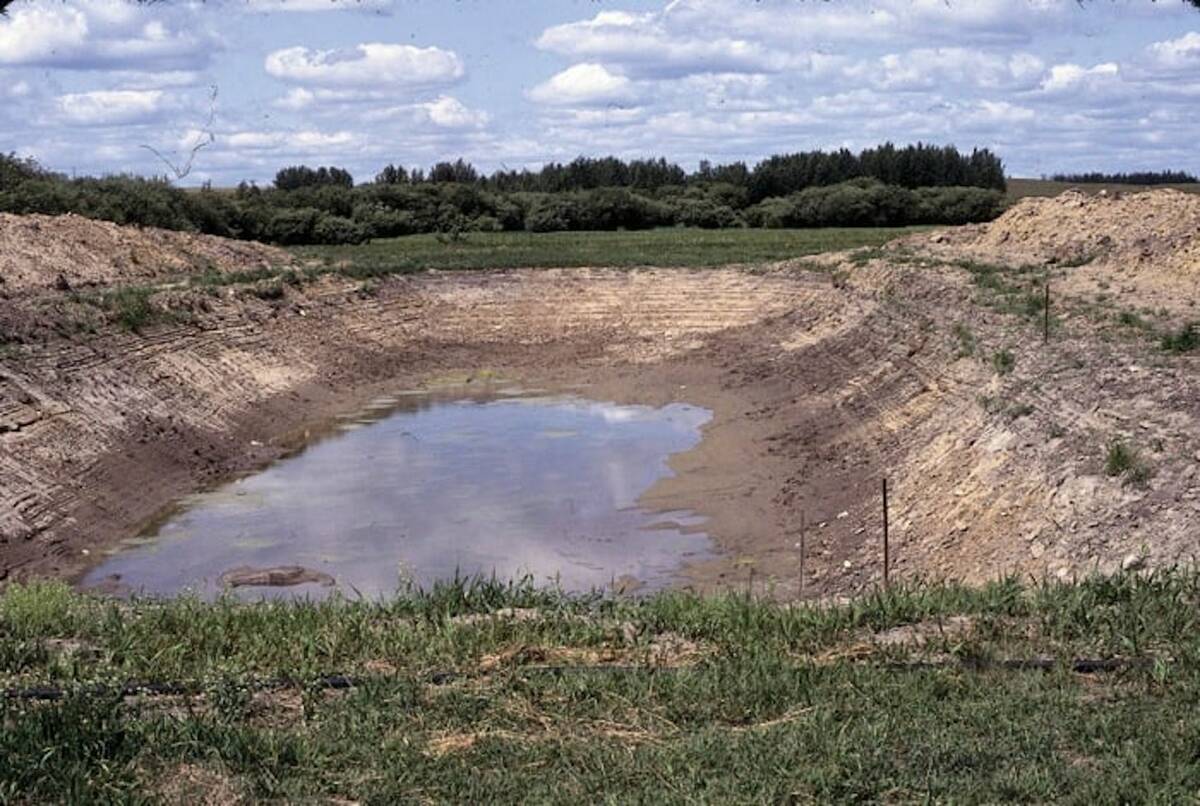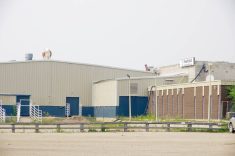International reform is needed to handle future cases of bovine spongiform encephalopathy.
“Learn the lesson we have learned here,” Ron Axelson, manager of the Alberta Cattle Feeders Association, told an international meeting in Calgary July 15.
“Communicate with the consumer that food safety and BSE are not related and when the next one occurs, and there will be a next one, it will be a non-event,” he said.
Broader public education is needed to assure people that North American beef is safe to eat and that commerce should not be halted because of one case.
Read Also

Dry summer conditions can lead to poor water quality for livestock
Drought conditions in the Prairies has led to an decrease in water quality, and producers are being advised to closely monitor water quality for their animals.
Delegates at the annual Pacific Northwest Economic Region summit agreed new scientific data shows the risk of finding a case of BSE is extremely low in North America. Further, the chance is even lower of getting the human form, Creutzfeldt-Jakob disease, from eating contaminated beef. However, rules written a decade ago isolate countries that detect BSE and their agricultural economies collapse.
Reform is necessary, agreed Eric Davis, president of the U.S.-based National Cattlemen’s Beef Association and a co-chair of the agriculture session of the economic group.
“We need the protocol to establish how any country re-enters the market,” he said in an interview. “Right now, Canada is locked out of the world.”
An announcement has been expected from the United States Department of Agriculture on how the border may reopen since the scientific evidence has been gathered on the single case.
“The grave danger right now is that it is spinning into politics and emotion and losing the facts,” Davis said.
The Canadian experience underlines the need for a national cattle identification system in the United States.
The NCBA supports mandatory identification for animal health purposes. A task force has established requirements, but the American industry is not ready to adopt the program.
“We’re not far enough along to implement a mandatory program to satisfy everyone in opening the international borders in time to save the Canadian beef industry,” he said.
Besides improved tracking systems, Davis wants the two countries to agree on a definition of specified risk materials. A further agreement should keep these materials, like brains and spinal cords, out of the human and animal food chains.
Most industry players agree Canada’s ability to meet the science requirements should be a model of behaviour to the world. Yet after two months, no markets have opened. Losses at the end of June were tallied at $541 million, said Gerald Ollis, Alberta’s chief veterinarian.
If the border remains closed for four months, losses are estimated at $2.5 billion. All affected sectors including beef, sheep and cervid industries continue to lose business, with losses also rising in support industries such as processing, rendering and transportation.

















